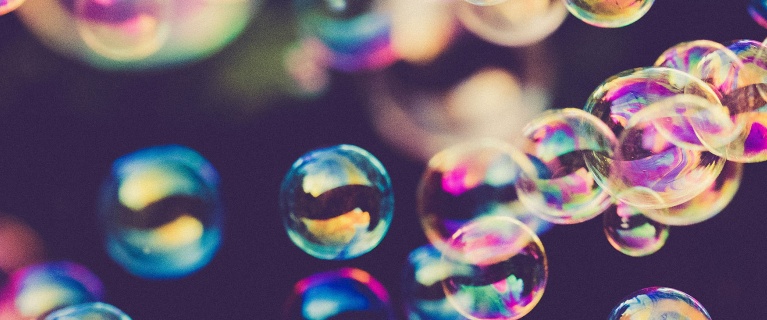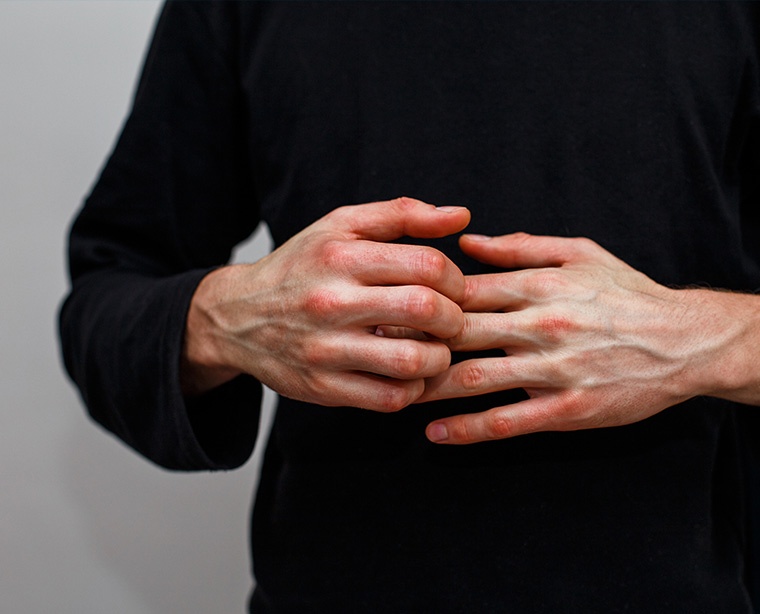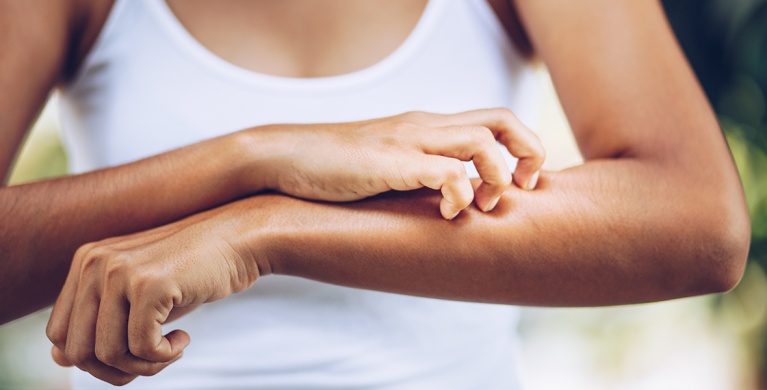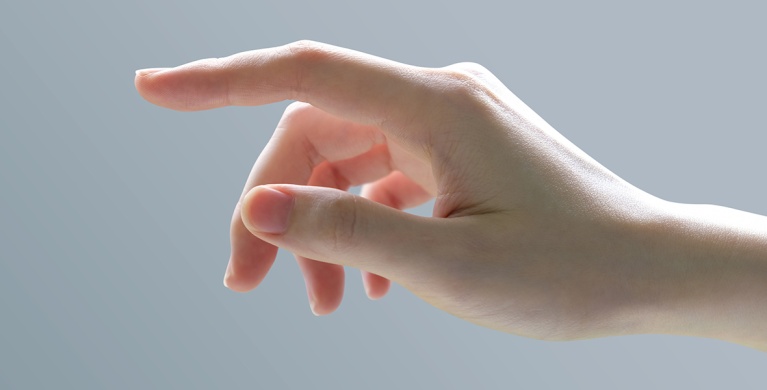

Bullous Eczema

Are you wondering which skin diseases cause blistering? Some forms of eczema can create water blisters on the hands, feet and other parts of the body. This is known as bullous eczema. Why is it called bullous eczema? How is bullous eczema treated? What cream should you use for bullous eczema? The Eczema Foundation specialists have the answers.
What Is Bullous Eczema?
This is a particular form of eczema caused by the coalescence of vesicles that form bubbles. It is an acute form of eczema and can be particularly severe. Contrary to popular belief, bullous eczema is not confined to the hands and feet. In fact, it can occur anywhere on the body. Bullous eczema is therefore not synonymous with dyshidrosis. Like other forms of eczema, bullous eczema is not contagious.
Bullous Eczema: What Are the Symptoms?
Bullous eczema is characterized by the appearance of fragile "water blisters", which rupture and give way to an oozing area. These blisters are often accompanied by underlying swelling or red plaques, as well as severe itching. Bullous eczema can appear on different areas of the body at the same time. A few days after appropriate treatment, the water blisters begin to dry up. Scabs may also form, which then fall off without scarring.
It is important to distinguish the blisters caused by this type of eczema from other blistering skin diseases, in particular bullous impetigo in infants. This is why it is imperative to consult a specialist before starting treatment.
Bullous Eczema: What Are the Causes?
Bullous eczema is usually caused by a violent contact-allergy reaction to a strong allergen, such as anti-inflammatory ketoprofen gels or the coloring agents in hair dyes.
When bullous eczema is localized on the hands and feet, it is referred to as dyshidrosis.
In this case, eczema may develop chronically or seasonally (particularly in summer). In some cases, the cause cannot be identified. The role of perspiration is often cited in dyshidrosis.
Bullous Eczema: How Is it Treated?
The main treatment for bullous eczema is to apply a corticosteroid-based cream, as for atopic contact eczema and all other forms of eczema. If the water blisters in bullous eczema become too large, they can be punctured, taking care to apply an antiseptic. Like all eczema, bullous eczema heals without scarring. Relapses may occur if the allergen responsible is not eliminated, or in the case of seasonal dyshidrosis. Anyone who has never had vesiculo-bullous eczema should absolutely seek specialist advice before starting treatment.
Dyshidrosis and Bullous Eczema: What Are the Differences?
Dyshidrosis and bullous eczema are often mistakenly equated. Dyshidrosis is a type of eczema that affects the hands and feet, whereas bullous eczema can occur anywhere on the body (legs, arms, face, etc.). Dyshidrosis is usually characterized by the appearance of vesicles on the palms, lateral edges of the fingers, soles of the feet and toes. It can become bullous as the vesicles coalesce. As previously mentioned, the role of perspiration is evoked when dyshidrosis occurs in summer, but it may, like bullous eczema, be due to a contact allergy. In the final analysis, dyshidrosis is only a particular form of bullous eczema localized to the hands and/or feet.
Do you have questions about dyshidrosis or bullous eczema? Find an eczema expert near you!

